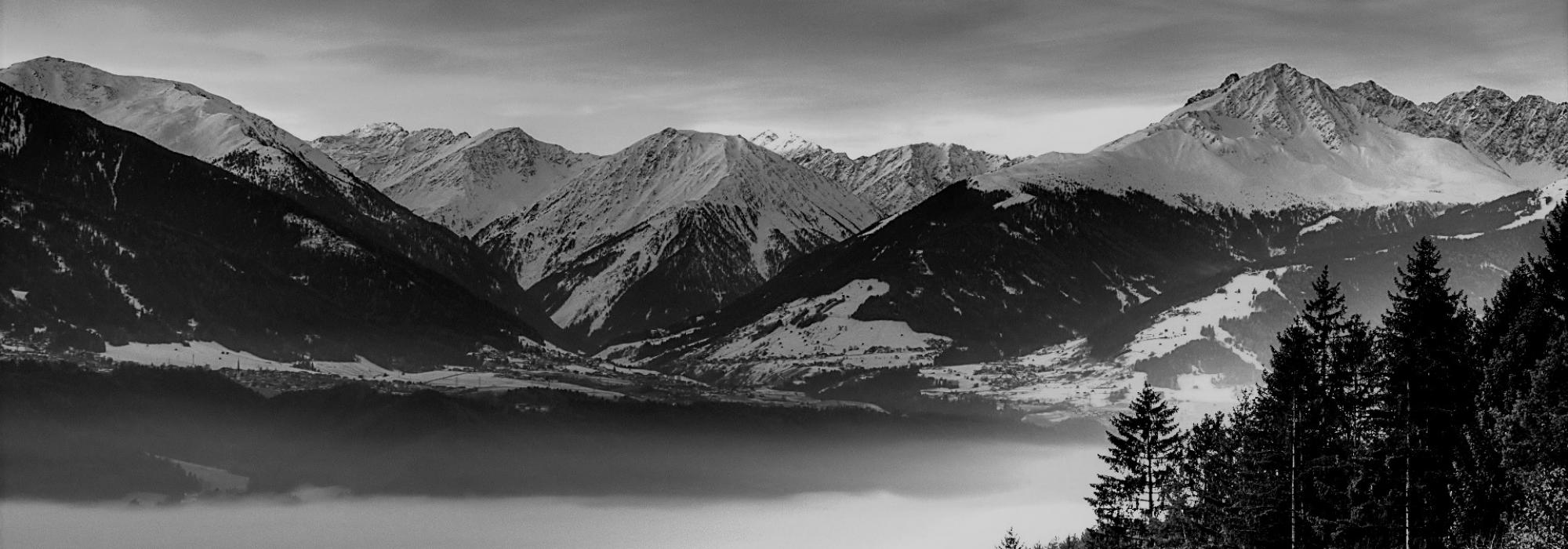The revered Sheshappa and Subba Rao
Both Shri. Sheshappa and Shri. Subba Rao are older than me by a good number of years. Subba Rao also taught me during me school days. Both had cleared their Upādhyāya[1] exams and were preparing for Paṇḍita[2] exams.
This incident happened during one of the summer holidays, I remember I was either in fourth or fifth standard in Kannada medium. During the summer it was a routine that both Sheshappa and Subba Rao with few of their friends used to study in our veranda. Our house was a west-facing house. The platform[3] in front of the house was big. I and Sheshappa used to occupy the room in the northern portion. Subba Rao and others used to occupy the room which was towards the southern direction. In the evening, my father used to get some fruits like papaya, pomelo, pomegranate etc from the garden in the backyard, sit in between the two platforms, peel them and distribute it to everyone present there. All of us used to discuss about various books we had read and pass time.
During those days, Shri. Bankim Chandra Chatterjee’s writings in Bengali were being translated by Shri. B. Venkatacharya and were being published. Even our school used to get those books. Among them was one book named ‘Bhrānti-vilāsa’. This was a translation of the great playwright Shakespeare’s ‘Comedy of Errors’ in Kannada in the form of a story. We weren’t aware of it then. We read it in Kannada. We felt that it was excellent. We also felt it would be great if we can write it in the form of a play in Kannada. Immediately we thought why not start the translation then and there.
For every play, the first thing which needs to be composed is a benedictory verse[4]. It was decided that both Sheshappa and Subba Rao would compose it. Both went to their respective rooms with enthusiasm to compose that verse and closed the doors.
About ten-fifteen minutes passed and my father’s friend Shri. Venkatanarana Bhatta arrived. “Where are these two gentlemen, Sheshappa and Subba Rao?”, he asked my father. After hearing the context from my father, he decided to stay saying “Let me also listen to the verses composed and enjoy them”. Another five minutes passed, few more curious friends arrived and joined us.
Another five minutes passed. Venkatanarana Bhatta loudly shouted in Telugu, “Sheshappa, Are you still in labour pain? (i.e. is the verse still in process?). Who’ll complete first? You or Subba Rao?”, in the pretext of asking them. After one-two minutes, Sheshappa came out of the room and handed a piece of paper to Venkatanarana Bhatta. The contents were as follows.
ಶ್ರೀಗೌರೀಕುಚಕುಂಭಕುಂಕುಮಲಸತ್-
ಪಂಕಾಂಕಿತೋರಃಸ್ಥಲಂ ।
ವಾಗೀಶಾದ್ಯಮರೌಘವಂದಿತಪದಂ
ಗಂಗಾಧರಂ ಶಂಕರಂ ...
The lord whose chest has been smeared by the vermillion marks adorning the breasts of his consort, Gaurī, whose feet are worshipped by the lord of speech (Brahmā) and other immortals (deities), who has Ganga as an ornament, who does auspicious things, … (may he protect you/us or we bow down to him)[5]
By then Subba Rao also came out of his room and handed over his verse Venkatanarana Bhatta. He read that verse too. It goes as follows:
ಶ್ರೀಲಕ್ಷ್ಮೀಕುಚಕುಂಭಕುಂಕುಮಲಸತ್-
ಪಂಕಾಂಕಿತೋರಃಸ್ಥಲಂ ।
ಫಾಲಾಕ್ಷಾದ್ಯಮರೌಘವಂದಿತಪದಂ
ಗೋವಿಂದನಾನಂದದಂ ...
The lord whose chest has been smeared by the vermillion marks adorning the breasts of his consort, Lakṣmī, whose feet are worshipped by the lord of who has an eye on his forehead (Śiva) and other immortals (deities), who is the cowherd (Govinda), who gives us bliss, … (may he protect you/us or we bow down to him)
Bhatta exclaimed “Bravo! Excellent verses! It’s apt that the Smārta among us has addressed his verse to Śiva while the Mādhva has addressed it to Viṣṇu. But both of you have wreaked havoc on the respective mother deities! Both of you have targeted the same body part to describe! What is this?”, he said.
My father was adept in laughing. Not only just the readers and listeners, the one who read the verse and the duo who wrote them, all were submerged in the sea of laughter which ensued. After this incident, for eight-ten days, wherever we went we reminisced about it again and again.
That was the end to the enthusiasm of the duo when it comes to poetry.
This is the Third part of the English translation of the Eighteenth essay (Aprasiddha Kavitva 1) in D V Gundappa’s magnum-opus Jnapakachitrashaale (Volume 7) – Hrudayasampannaru, translated by Raghavendra G S. The translator likes to acknowledge the timely help of Shatavadhani Dr. R. Ganesh in translating the verses in this article.
Footnotes
[1] Qualifying exam for being a teacher/ tutor.
[2] Referred to by the same name even now, conducted by Karṇāṭaka Sāhitya Pariṣat and some of the universities.
[3] ಜಗುಲಿ – platform/deck in front of the house where people used to sit and discuss everything under the sun.
[4] A verse which appears in the start of the play typically praising a deity of choice asking his/her grace or cooperation before starting the main play.
[5] Such descriptions are quite common in poetry, irrespective of Sanskrit and regional languages. In fact there is a whole genre of poetry which indulges in describing the deities from toe to head.














































